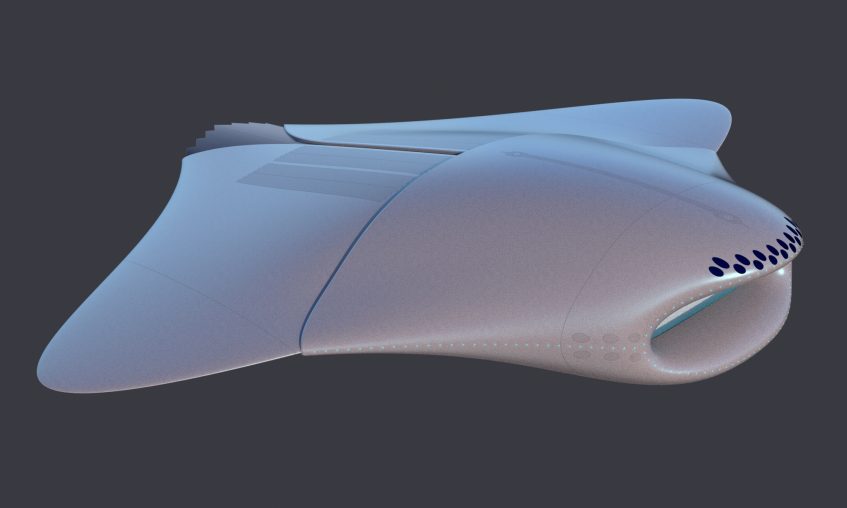The Nautilus 100 challenge brought 20 participants competing to produce the next big thing in underwater warfare. Throughout the challenge, UK Nest and the Royal Navy have been workshopping various designs for naval crafts with a host of developers from different companies including BAE systems, Lockheed Martin, the MOD, QinetiQ and Rolls Royce. It appears they’ve picked a winner that will heavily employ 3D printed technologies.
The final design is a deep-sea vessel that resembles a manta ray in terms of looks. The hull of the craft will use a mixture of high-strength acrylics and alloys. Atop the machine, there are electronic graphene scales that allow it to morph into shape to look more like a manta ray.
This final designs was among a number of very ambitious ideas. While certain critics consider the concept too far-fetched to be workable, the royal naval are forging ahead. Despite the advanced costs these machines can incur, researchers remain optimistic.
3D Printed Defence Systems, Eels & Micro-drones

Among the many 3D printed components of the craft, there are also various ancillary parts that feature additive tech. The main ship will hold a host of state of the art defence systems like unmanned eel-like vessels armed with weapons. Aside from weapons capabilities, they are being workshopped to have the ability to create communications networks. They may do this through individual sensor pods that use lasers to communicate with each other.
Another idea that the researchers explored was that of micro-drones. These 3D printed reconnaissance systems could allow for data-gathering or vehicle escort missions. The designer’s intention is to make them dissolvable in salt-water when secrecy is required. They are also looking to create shark-like torpedo drones that can employ a range of weapons on their own.
These technologies require 3D printing technology to create shapes that may not be previously possible. It also allows the researchers to work with materials that are unconventional. While these concepts are still a long way from functional, some of the largest companies in the world are working towards them. This is indicative that they may not be impossible to produce.


